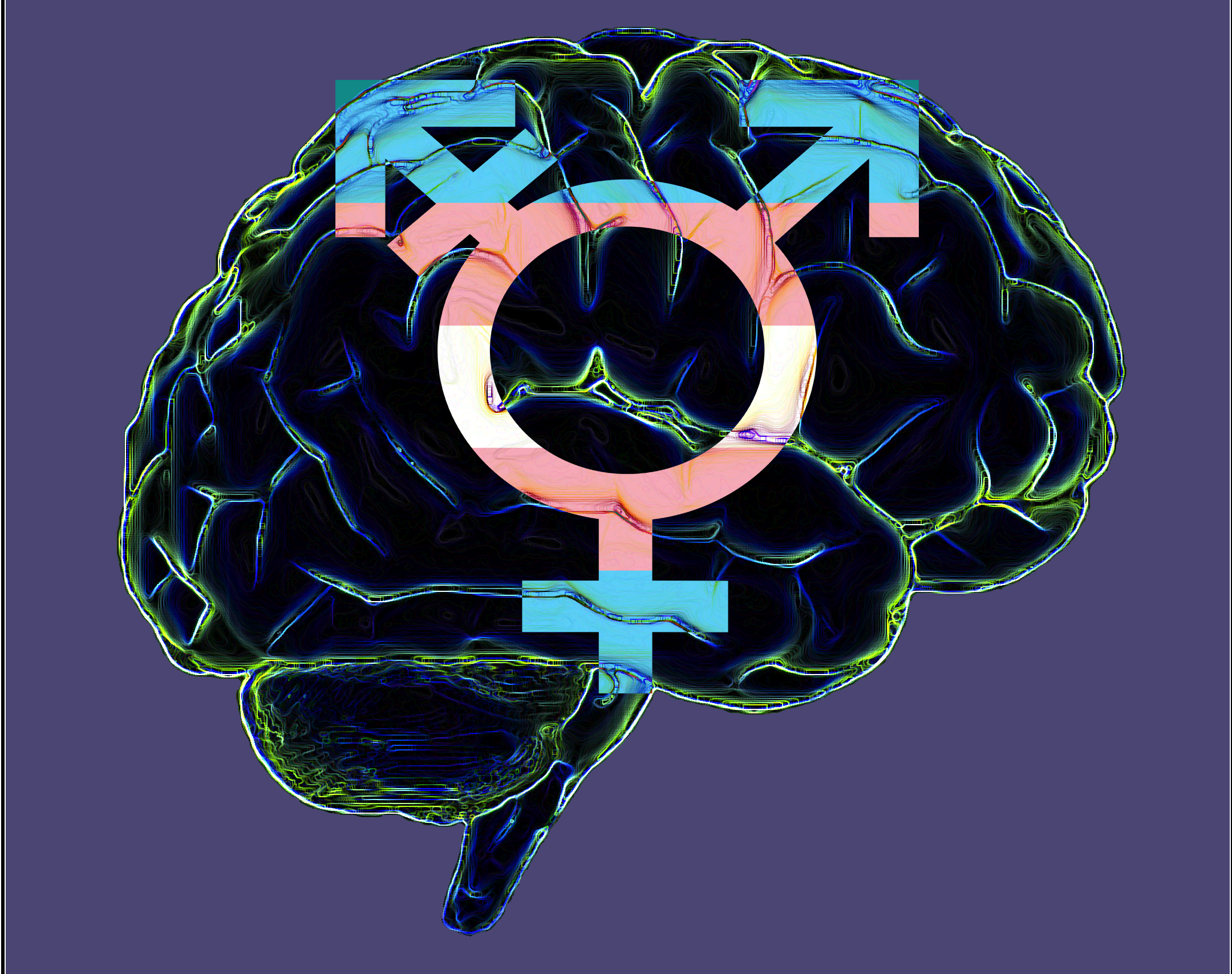Correction: We apologize for incorrectly using the term ‘Transgendered” instead of Transgender. Innocent typo that we should have caught.
First, what is being transgender If you were to look in a dictionary it would say “denoting or relating to a person whose sense of personal identity and gender does not correspond with their birth sex.” Of course this is the simple way of putting it and our Trans readers might have more input on the matter. When we are born we will generally be assigned a gender based on chromosomes, hormones and anatomy. This is our ‘biological gender’ and this can conflict with our ‘gender identity’ which is what we feel we are as opposed to what we were assigned. Trans individuals have a differing gender identity than what they were assigned at birth, which leads to feelings of wrongness, depression and other negative states.
Transgender individuals experience something known as gender dysphoria, also known in the past as ‘Gender Identity Disorder’ (GID). Gender dysphoria presents itself in a variety of ways, including strong desires to be treated as the other gender or to be rid of one’s sex characteristics, or a strong conviction that one has feelings and reactions typical of the other gender. Gender dysphoria itself is classified as a disorder under ‘dual role transvestism’ in the 2017 ICD-10 CM (1). But this does not mean that being Transgender in and of itself is a disorder.
And we hear your argument, “Obviously these people have a mental disorder, how else do you explain the high rates of suicide?” Well, to answer this we go to a study published in 2016 in The Lancet which offers significant evidence that the “distress and impairment, considered essential characteristics of mental disorders” among transgender individuals primarily arises in response to the discrimination, stigma, lack of acceptance, and abuse they face on an unfortunately regular basis (2).
The treatment for gender dysphoria is to transition, from male to female or from female to male. And even at times to be both or neither, which are called gender fluid and non-binary respectively. But, you may wonder what causes this to happen in the first place? For now we will stick with the binary, as that is where most of the research on this phenomenon has been undertaken.
Male and female brains do vary slightly on average especially in structure. Several studies have looked for signs that transgender people have brains more similar to their experienced gender, Spanish researchers led by psychobiologist Antonio Guillamon of the National Distance Education University in Madrid and neuropsychologist Carme Junqu Plaja of the University of Barcelona, used MRI to examine the brains of 24 female-to-male (FtM) and 18 male-to-female (MtF) both before and after treatment with hormone therapy. Their results, published in 2013, showed that even before treatment the brain structures of the trans people were more similar to the brains of their experienced gender than those of their biological gender. The FtM subjects had relatively thin sub-cortical areas areas that tend to be thinner in cisgendered men than in women and MtF subjects tended to have thinner cortical regions in the right hemisphere, which is characteristic of a cisgendered female brain. These differences were more pronounced after treatment (3).
Researchers have also looked at the functioning of the brain of trans individuals: In a study published in 2014, psychologist Sarah M. Burke of VU University Medical Center in Amsterdam and biologist Julie Bakker of the Netherlands Institute for Neuroscience used functional MRI to examine how 39 prepubescent and 41 adolescent boys and girls with gender dysphoria responded to androstadienone, a steroid with pheromone-like properties that is known to cause a different response in the hypothalamus of men versus women. They found that the adolescent boys and girls with gender dysphoria responded much like those of their experienced gender. The results were not as clear with the prepubescent children (4).
A research paper published in 2013 noted that in MtF subjects the grey matter of the brain showed a substantial differences when compared to a control group of same aged cisgender participants. This study will also be linked, but be warned, it’s a lot of information and jargon (5). So, the conclusion can be made that transitioning to another gender is NOT a mental disorder but is the treatment used for another disorder that seems to be biological in nature. For whatever reason these individuals were born with brains approximating those of a different biological gender. We have not quite figured out why it happens yet, but it is becoming clear that this is a biological phenomenon and not a mental issue. Time will tell, and more research is needed to come to a consensus. And like always just don’t take our word for it! This articles sources are here:
- ICD10 Data
- https://www.psychologytoday.com
- Study of ERa ERb AR CYP19 and CYP17 in gender dysphoria
- Response to the Chemo-Signal Androstadienone in GD Children and Adolescents
- Regional Grey Matter Structure Differences
Additional sources:
- https://www.researchgate.net/publication/316506211_The_genetics_of_transsexualism
- http://www.apa.org/news/press/releases/2015/11/psychology-transgender.aspx
- https://www.ncbi.nlm.nih.gov/pubmed/28827537
- https://www.ncbi.nlm.nih.gov/pubmed/28838353
- https://www.researchgate.net/publication/318787550_Descriptive_and_Molecular_analysis_of_a_Gender_Dysphoric_population
- https://www.researchgate.net/publication/7720807_The_expression_of_brain_sexual_dimorphism_in_artificial_selection_of_rat_strains
- https://www.researchgate.net/publication/295348476_Role_of_androgen_receptor_in_the_differentiation_of_the_bed_nucleus_of_the_stria_terminalis_and_locus_coeruleus



Leave a Reply